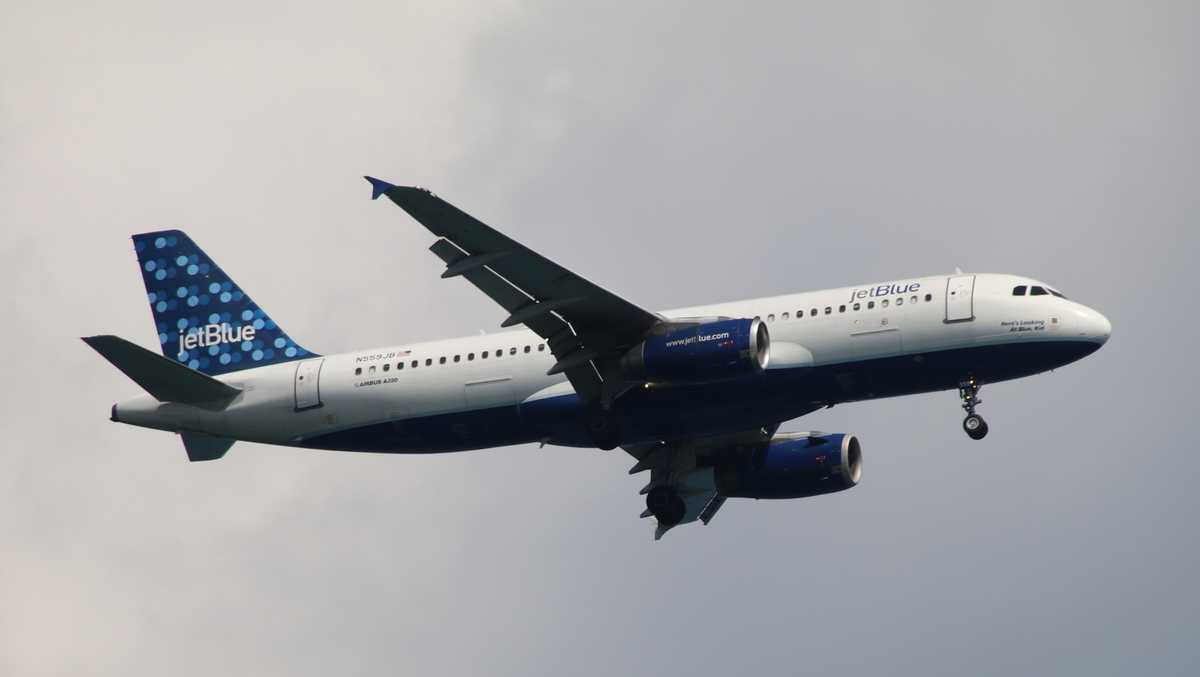As if worrying about your plane running into an octagon, cylinder, or round object weren't enough, here's a report about United Airlines flight 1722 from Maui to San Francisco on December 18 that caught my attention. The news services highlighting this story quote the following article from The Air Current, an aviation site:

 theaircurrent.com
theaircurrent.com
But here's the weirder part. I downloaded profiles for the flight from two places. Flightradar24's data indicates a dive down to 775 feet shortly after takeoff, but flightaware.com shows what appears to be a normal climb. Also, The Air Current piece says the Boeing 777 descended and then climbed at around 8,600 feet per minute, reaching a force of up to 2.7Gs. This would have been frightfully obvious to the passengers, so I find it hard to believe this incident hasn't been reported or received widespread attention on social media in the nearly two months that have elapsed since the flight.
More to come...

United dive after Maui departure adds to list of industry close calls
The previously unreported December incident saw the Boeing 777 come within 800 feet of the Pacific Ocean.
 theaircurrent.com
theaircurrent.com
But here's the weirder part. I downloaded profiles for the flight from two places. Flightradar24's data indicates a dive down to 775 feet shortly after takeoff, but flightaware.com shows what appears to be a normal climb. Also, The Air Current piece says the Boeing 777 descended and then climbed at around 8,600 feet per minute, reaching a force of up to 2.7Gs. This would have been frightfully obvious to the passengers, so I find it hard to believe this incident hasn't been reported or received widespread attention on social media in the nearly two months that have elapsed since the flight.
More to come...
Last edited:

